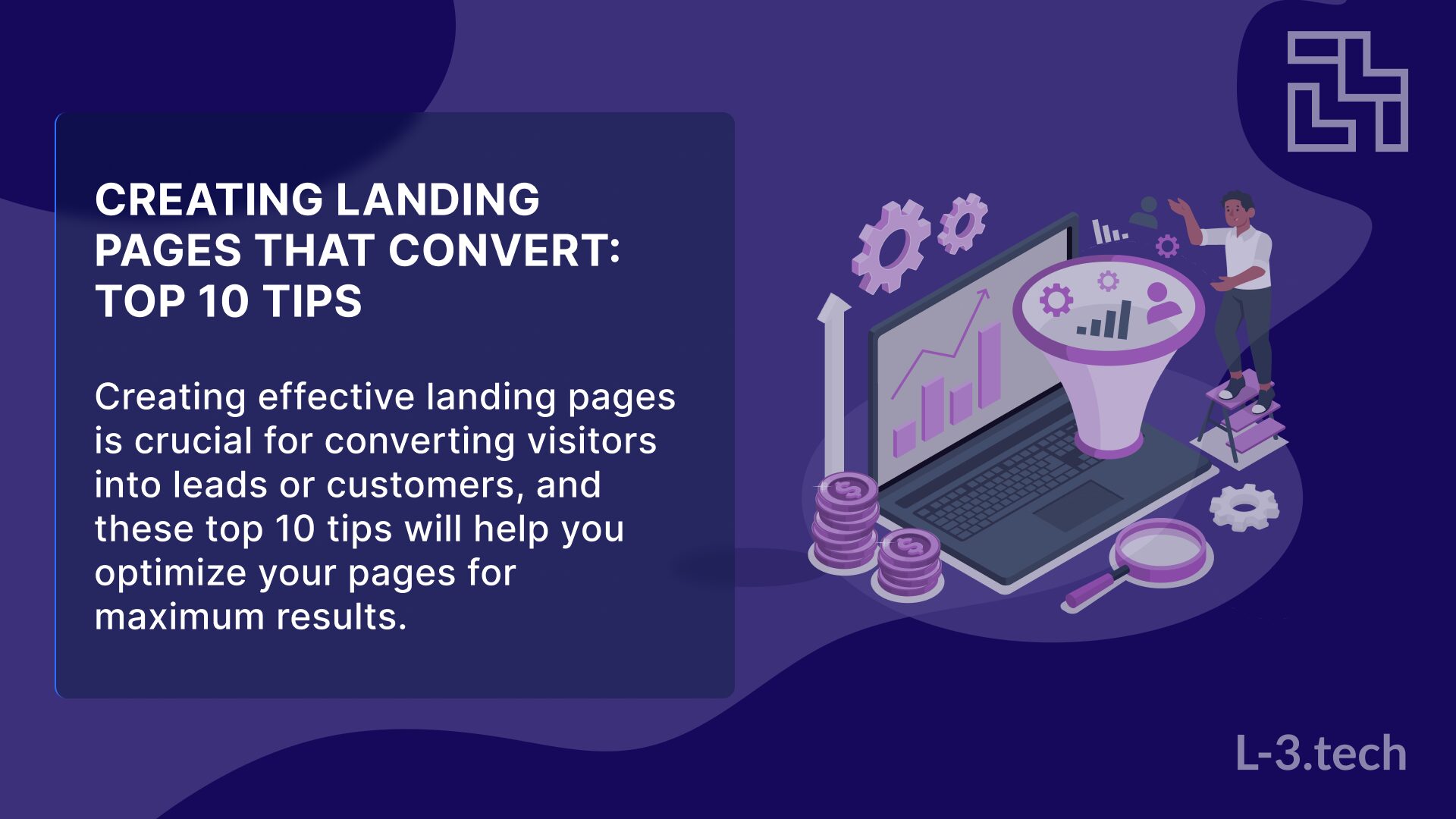Understanding Responsive Design
Responsive design is a web development approach that ensures a website looks good on all devices, including desktops, tablets, and smartphones. Having a responsive design is crucial in today’s digital landscape because it allows users to have a seamless experience regardless of the device they are using. A well-designed responsive site adapts its layout and content to fit different screen sizes, enhancing user satisfaction and engagement.
What is Responsive Web Design?
Responsive web design refers to the practice of creating websites that automatically adjust their layout based on the screen size. This means that whether viewing a site on a phone or a laptop, the content remains accessible and visually appealing. The use of flexible layouts, images, and CSS media queries plays a significant role in achieving this. By implementing responsive design, a website can meet the needs of all users.
Benefits of Responsive Design
There are numerous benefits to adopting responsive design for a website. First, it improves user experience by providing a consistent look and feel across devices. Second, it boosts SEO (Search Engine Optimization) rankings since search engines favor mobile-friendly sites. Third, it reduces maintenance costs by needing to manage only one site instead of multiple versions. Fourth, it increases conversion rates by making it easier for users to navigate and complete actions. Lastly, it future-proofs a website against new devices.
How Responsive Design Works
Responsive design works through a combination of flexible layouts, images, and CSS media queries. Flexible layouts use percentages instead of fixed pixels, allowing elements to resize according to the screen size. Images are also made responsive by using CSS properties like max-width. Media queries enable different styles to be applied based on device characteristics. Together, these techniques create a fluid and adaptable web experience that caters to all users.
Responsive Design vs. Mobile-First Design
While both responsive design and mobile-first design aim to improve user experience, they differ in approach. Responsive design focuses on adapting existing desktop sites for mobile use. In contrast, mobile-first design starts with the mobile version and progressively enhances it for larger screens. Mobile-first design often leads to better performance on mobile devices, as it prioritizes essential features and content. Understanding these differences helps in choosing the right strategy for web projects.
Common Misconceptions About Responsive Design
Many misconceptions exist about responsive design. One common myth is that it is only necessary for e-commerce sites. In reality, all types of websites benefit from being responsive. Another misconception is that responsive design is too complex or costly. However, with modern tools and frameworks, it has become more accessible than ever. Lastly, some believe that responsive design compromises aesthetics. In truth, a well-executed responsive design can be both functional and visually appealing.
- Responsive design adapts to various screen sizes.
- It enhances user experience across devices.
- Responsive sites rank better in search engines.
- It reduces the need for multiple website versions.
- Responsive design future-proofs your online presence.
SEO Benefits of Responsive Design
Search engine optimization (SEO) is vital for any website’s success. Responsive design plays a significant role in improving SEO. Google recommends responsive design as it provides a better user experience. When a website is mobile-friendly, it is more likely to rank higher in search results. Additionally, having a single URL structure for all devices simplifies link sharing and indexing. This ultimately leads to increased organic traffic and visibility.
Improved User Experience and Engagement
One of the key factors in SEO is user experience. A responsive design enhances user experience by ensuring that visitors can easily navigate a site on any device. When users have a positive experience, they are more likely to stay longer and engage with the content. This reduced bounce rate signals to search engines that the site is valuable, which can lead to improved rankings. Therefore, investing in responsive design is an investment in better SEO.
Single URL Structure for SEO
Having a single URL structure for a website is another SEO advantage of responsive design. Responsive design avoids the complications of managing separate URLs for mobile and desktop versions. This consistency makes it easier for search engines to crawl and index a site. It also prevents issues with duplicate content, which can negatively impact SEO. A single URL structure streamlines SEO efforts and enhances overall performance.
Faster Load Times and SEO
Page load speed is a critical factor in SEO rankings. Responsive design can help improve load times by optimizing images and resources for different devices. When a website loads quickly, users are less likely to leave, which positively impacts the bounce rate. Search engines take load times into account when ranking sites, so a faster site can lead to better visibility. Therefore, responsive design not only enhances user experience but also contributes to improved SEO performance.
Mobile Usability and Search Rankings
Google prioritizes mobile usability in its search rankings. If a website is not mobile-friendly, it may be penalized in search results. Responsive design ensures that a site meets Google’s mobile usability standards, which includes easy navigation, readable text, and appropriately sized buttons. By adhering to these guidelines, a website can improve its chances of ranking higher in search results. Ultimately, responsive design is essential for maintaining a competitive edge in the digital landscape.
Social Sharing and SEO
Responsive design can also enhance social sharing, which indirectly benefits SEO. When users share content on social media, having a responsive design ensures that it displays correctly on all devices. This encourages more shares and engagement, leading to increased traffic to the site. Higher traffic levels signal to search engines that the content is valuable, which can improve rankings. Thus, responsive design plays a crucial role in maximizing the impact of social sharing on SEO.
- Responsive design improves user experience and engagement.
- It simplifies URL structure for better SEO.
- Faster load times enhance search rankings.
- Mobile usability is prioritized by search engines.
- Responsive design boosts social sharing and traffic.
Enhancing User Experience with Responsive Design
User experience (UX) is a critical aspect of web design. Responsive design significantly enhances UX by providing a consistent experience across devices. When visiting a responsive website, users can easily navigate and access content without frustration. This seamless experience keeps users engaged and encourages them to return. By prioritizing responsive design, a website can create a positive impression and foster loyalty among its audience.
Consistent Navigation Across Devices
One of the key elements of user experience is navigation. Responsive design ensures that navigation remains consistent across devices. Whether using a smartphone or a tablet, users can easily find what they are looking for. This consistency reduces confusion and frustration, leading to a more enjoyable browsing experience. By focusing on responsive navigation, user satisfaction can be enhanced, encouraging repeat visits.
Readability and Accessibility
Readability is another important factor in user experience. Responsive design optimizes text size and layout for different screen sizes, ensuring that content is easy to read regardless of the device being used. Additionally, responsive design improves accessibility for users with disabilities. By following best practices, a website can be created that is inclusive and user-friendly for everyone. This commitment to accessibility enhances a site’s reputation and reach.
Engaging Visuals and Responsive Design
Visuals play a significant role in user experience. Responsive design allows for the optimization of images and videos for different devices, ensuring that visuals load quickly and display correctly regardless of the screen size. Engaging visuals capture users’ attention and keep them interested in the content. By prioritizing responsive design, a visually appealing experience can be created that resonates with the audience.
Reducing Bounce Rates with Responsive Design
Bounce rates are a critical metric for measuring user engagement. A high bounce rate indicates that users are leaving a site quickly, which can negatively impact SEO. Responsive design helps reduce bounce rates by providing a seamless experience across devices. When users can easily navigate and access content, they are more likely to stay on a site longer. This increased engagement signals to search engines that the site is valuable, leading to improved rankings.
Encouraging Conversions Through Responsive Design
Ultimately, the goal of any website is to drive conversions. Responsive design plays a crucial role in encouraging conversions by providing a user-friendly experience. When users can easily navigate a site and access information, they are more likely to complete desired actions, such as signing up for a newsletter or making a purchase. By prioritizing responsive design, a website can be created that effectively drives conversions and achieves business goals.
- Responsive design ensures consistent navigation.
- It enhances readability and accessibility.
- Visuals are optimized for all devices.
- Responsive design helps reduce bounce rates.
- It encourages conversions and drives business success.
Future-Proofing Your Website with Responsive Design
In the ever-evolving digital landscape, future-proofing a website is essential. Responsive design is a key strategy for ensuring that a site remains relevant and functional as technology advances. With the rapid growth of new devices and screen sizes, having a responsive design allows a website to adapt seamlessly. This adaptability ensures the ability to continue providing a positive user experience, regardless of future developments in technology.
Adapting to New Devices and Technologies
As technology continues to evolve, new devices and screen sizes will emerge. Responsive design allows a website to adapt to these changes without requiring a complete redesign. By using flexible layouts and media queries, a site can remain functional and visually appealing on any device. This adaptability saves time and resources, allowing for a focus on other aspects of the business while keeping the website up-to-date.
Staying Ahead of Design Trends
Web design trends are constantly changing, and staying ahead of the curve is essential for success. Responsive design is inherently flexible, allowing the incorporation of new design trends without compromising functionality. By embracing responsive design, a website can remain modern and appealing to users. This commitment to staying current enhances brand reputation and attracts new visitors.
Improving Site Performance Over Time
Site performance is a critical factor in user experience and SEO. Responsive design allows for the optimization of a website for performance as technology advances. By regularly updating a site’s code and resources, it can remain fast and efficient. This ongoing commitment to performance improvement helps maintain user satisfaction and encourages repeat visits, ultimately contributing to the website’s long-term success.
Building a Stronger Brand Identity
A responsive design contributes to building a stronger brand identity. When users have a positive experience on a website, they are more likely to associate that experience with the brand. This connection fosters trust and loyalty among the audience. By prioritizing responsive design, a cohesive and memorable online presence can be created that resonates with users and strengthens brand identity.
Cost-Effectiveness of Responsive Design
Investing in responsive design is a cost-effective strategy for a website. Rather than creating separate versions for desktop and mobile, the focus can be on a single responsive site. This approach reduces development and maintenance costs over time. Additionally, a responsive design can lead to increased traffic and conversions, ultimately providing a strong return on investment. By choosing responsive design, business goals can be achieved without breaking the bank.
- Responsive design future-proofs a website.
- It adapts to new devices and technologies.
- Responsive design helps stay ahead of design trends.
- It improves site performance over time.
- Responsive design is a cost-effective solution.
Conclusion: The Essential Role of Responsive Design
In conclusion, responsive design is essential for any website in today’s digital landscape. It enhances user experience, improves SEO, and future-proofs online presence. By adopting responsive design, a website can remain accessible and visually appealing across all devices. This commitment to responsive design not only benefits users but also contributes to a business’s long-term success. As technology continues to evolve, prioritizing responsive design is crucial to staying competitive and relevant.
- Responsive design is crucial for user experience.
- It significantly boosts SEO performance.
- Responsive design future-proofs a website.
- It enhances brand identity and trust.
- Investing in responsive design is cost-effective.




